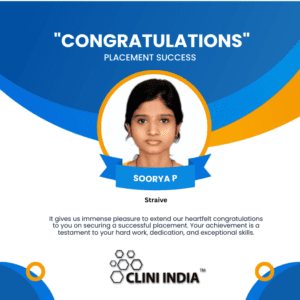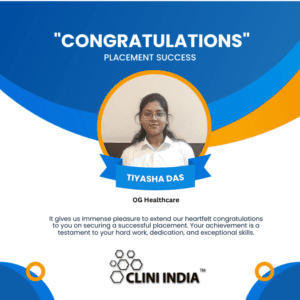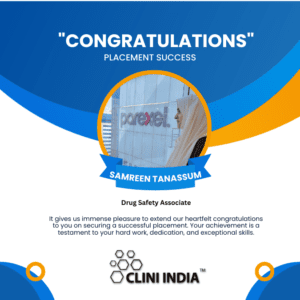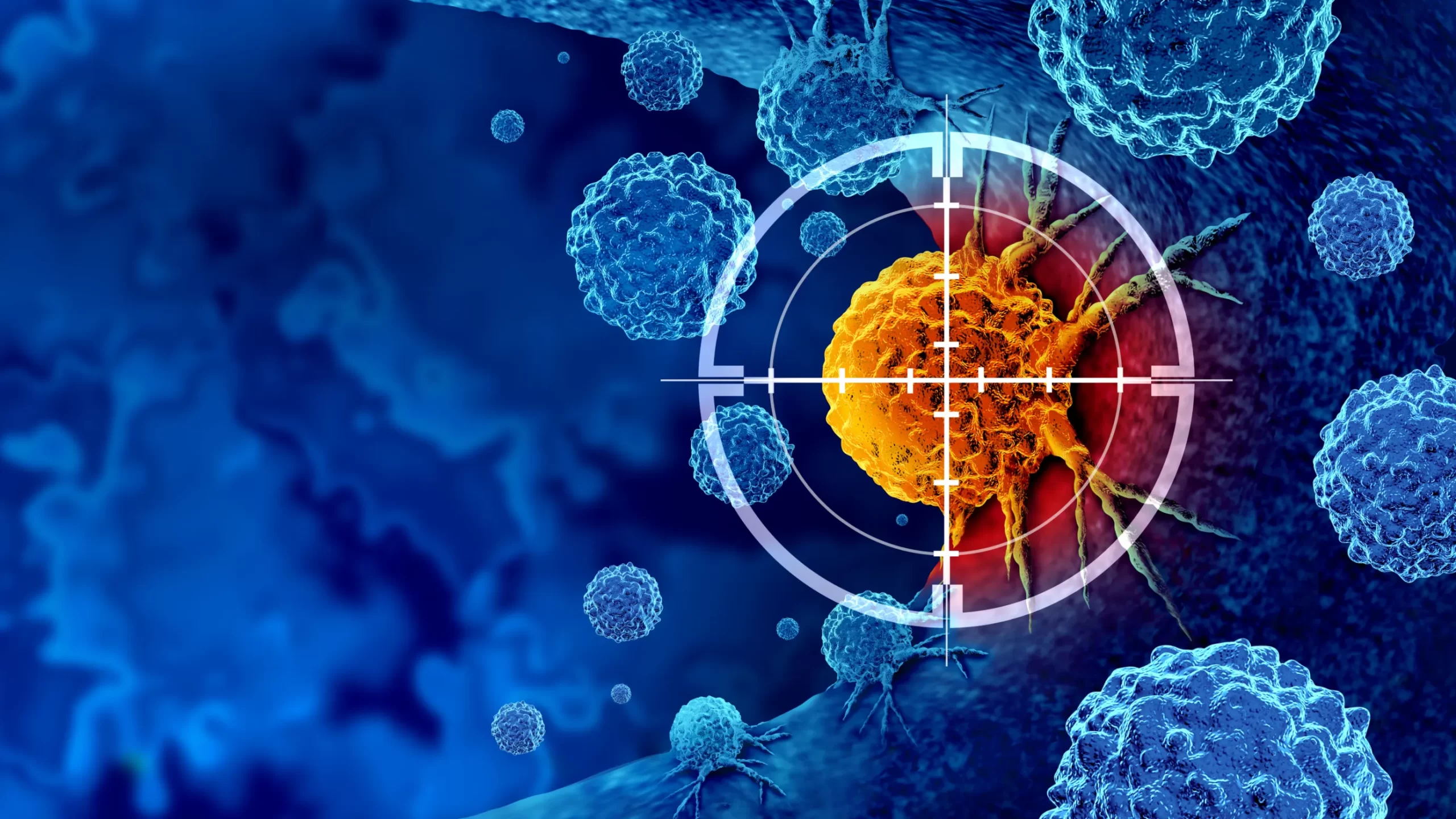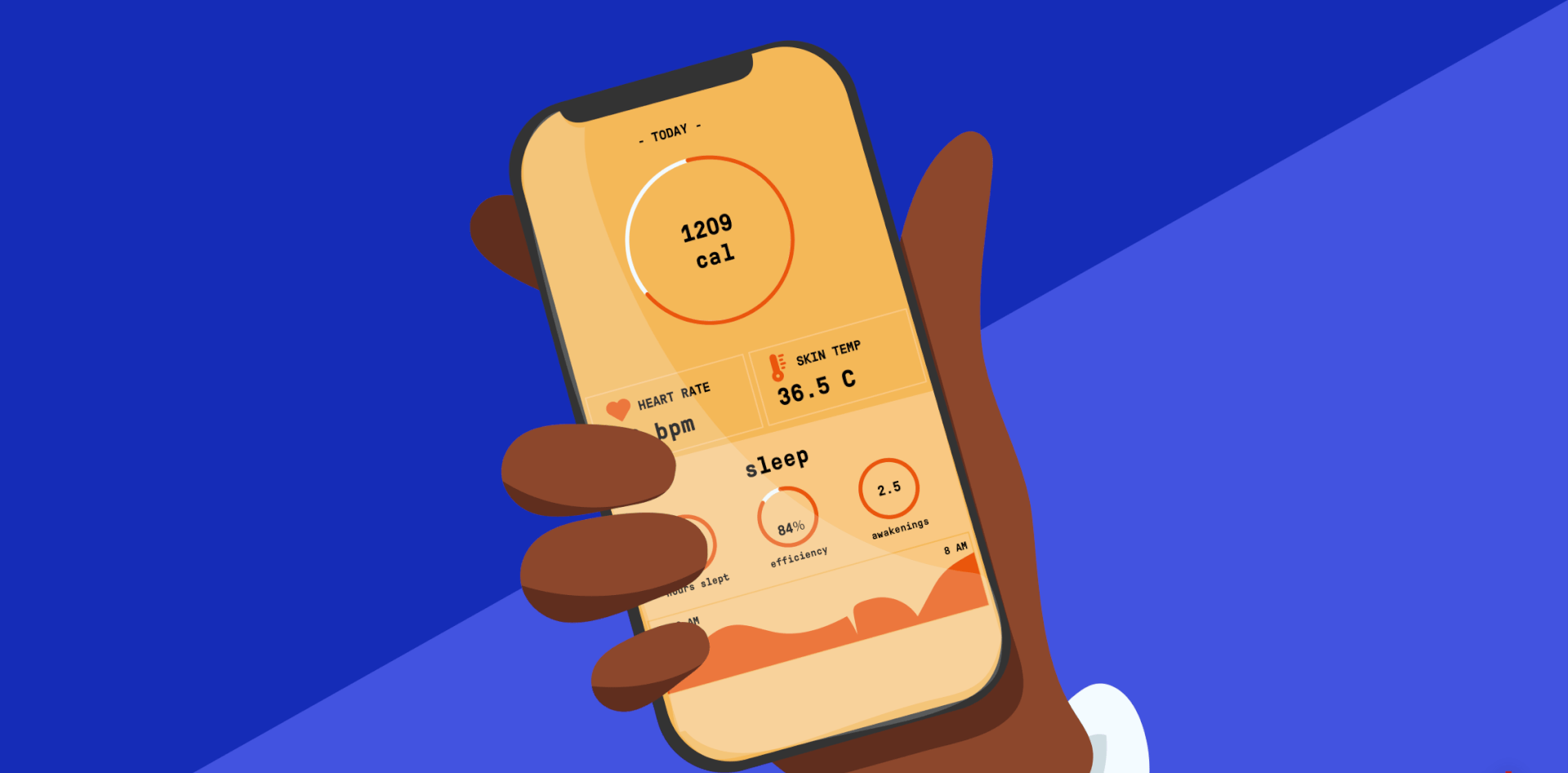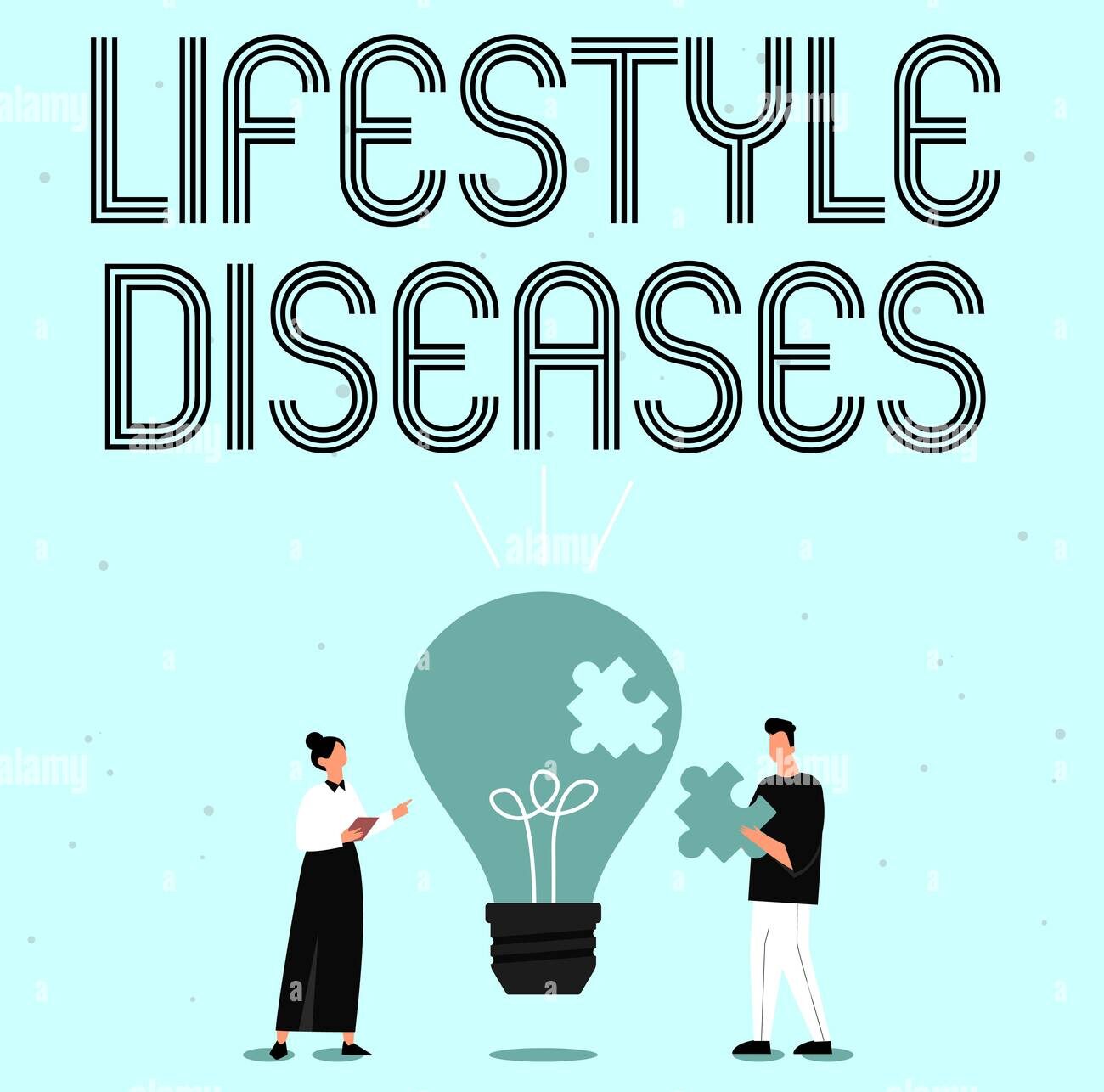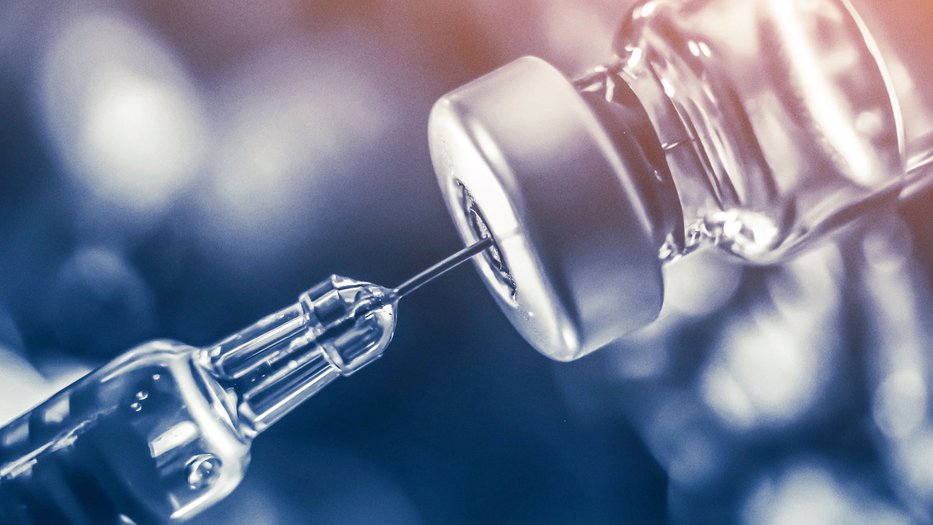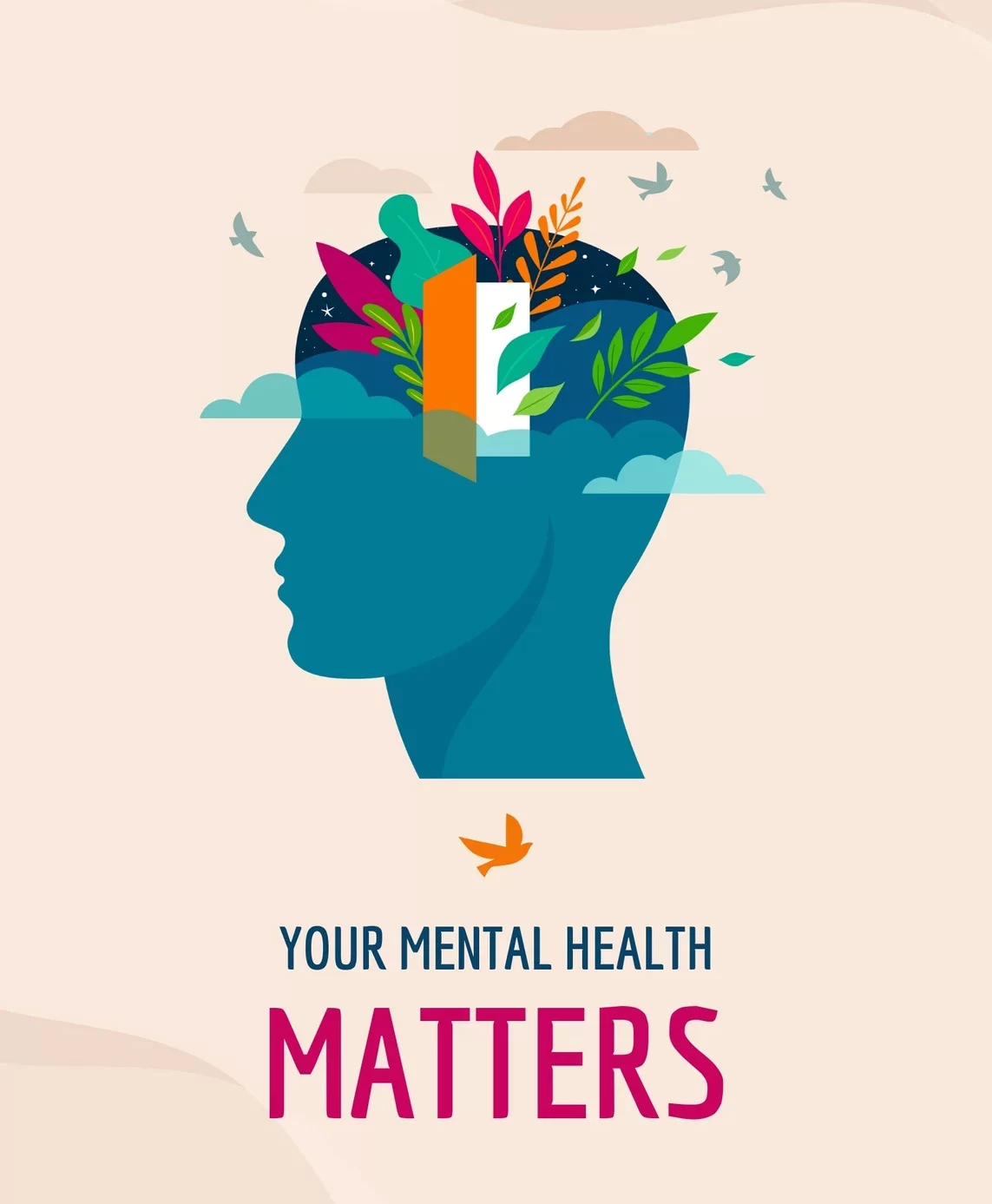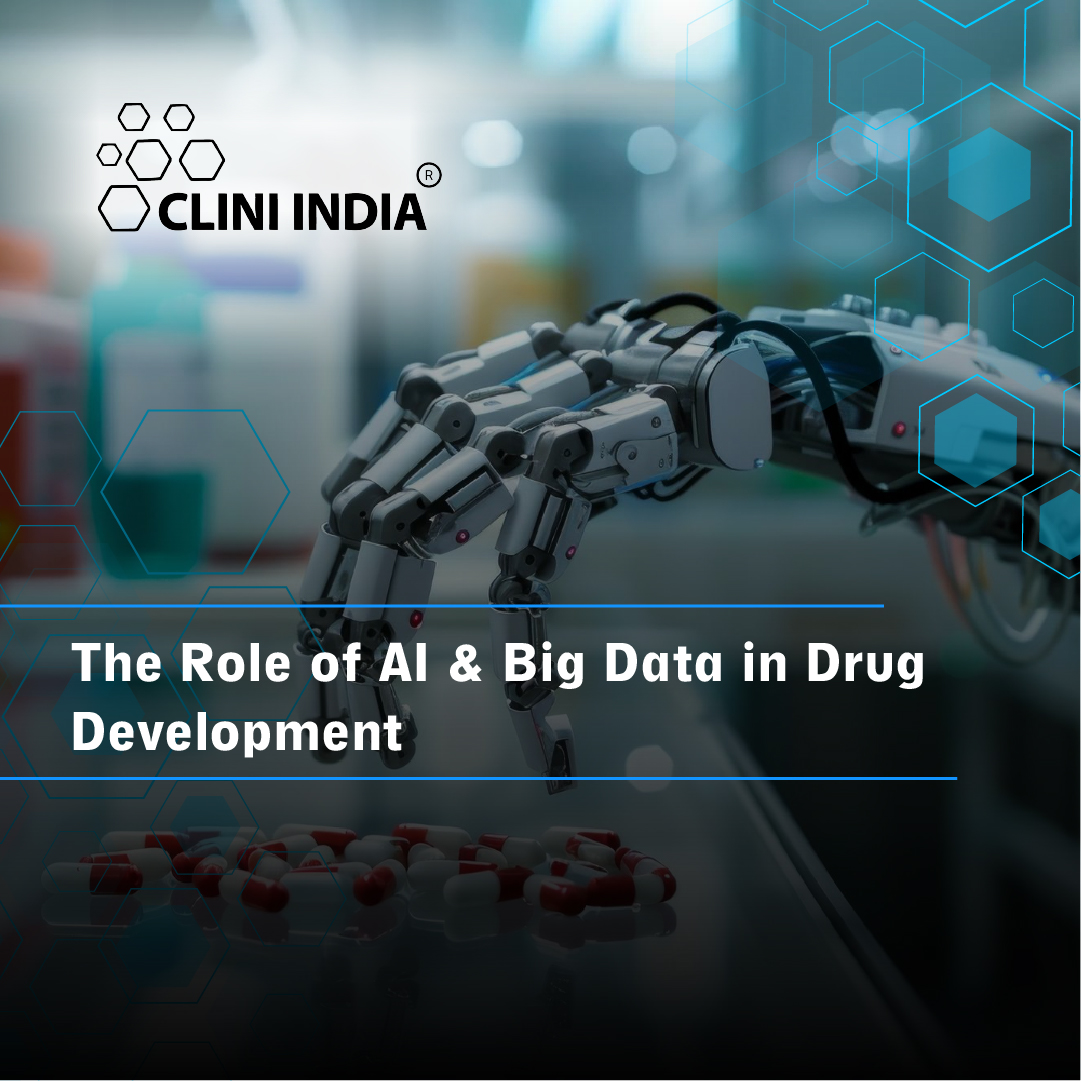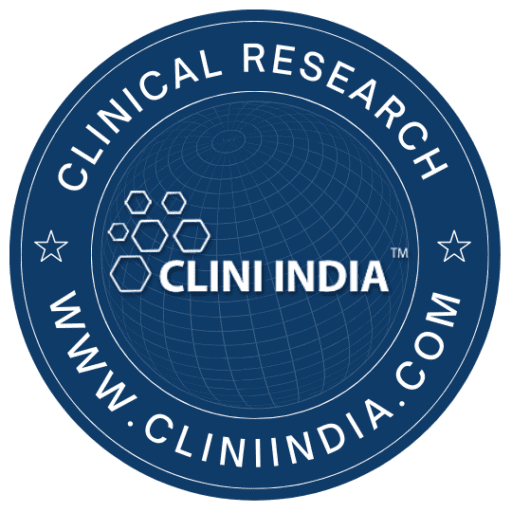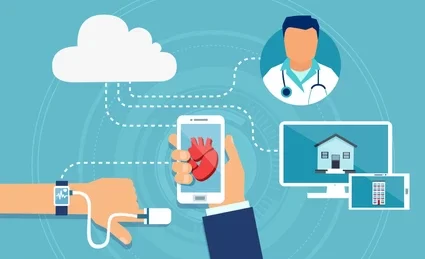
Wearable Devices and Remote Monitoring: Changing the Landscape of Data Collection
In an era defined by technology and instant connectivity, wearable devices and remote monitoring systems are revolutionizing the way we collect, analyze, and utilize data. What once required clinical visits, bulky equipment, and scheduled tests can now happen continuously — and seamlessly — in real-time. This shift is not only empowering individuals to take charge of their own health and wellness but is also reshaping industries like healthcare, sports, research, and even workplace safety.
The Rise of Wearable Technology
Wearables — including smartwatches, fitness trackers, biosensors, and smart clothing — are designed to monitor and collect data on a range of physiological parameters such as heart rate, blood oxygen levels, physical activity, sleep patterns, and even stress levels. Innovations like ECG-enabled smartwatches, continuous glucose monitors (CGMs), and smart rings that track sleep quality have expanded the scope beyond simple step-counting.
Today’s devices are more sophisticated than ever:
-
Apple Watch can detect atrial fibrillation.
-
Fitbit monitors sleep stages and stress levels.
-
Oura Ring provides detailed recovery and readiness scores.
-
Medical-grade wearables offer continuous monitoring of vital signs, often replacing hospital visits for stable patients.
How Remote Monitoring is Transforming Data Collection
Remote Patient Monitoring (RPM) is at the forefront of this transformation. By enabling clinicians to track a patient’s health data outside traditional healthcare settings, RPM reduces the need for hospitalizations, supports early intervention, and improves patient outcomes.
Healthcare providers can now remotely observe patients recovering from surgery, managing chronic conditions, or undergoing rehabilitation. Data flows securely from the wearable to healthcare professionals who can intervene quickly if warning signs arise — saving time, resources, and lives.
Key benefits include:
-
Continuous Data Flow: Traditional models capture isolated snapshots. Wearables provide ongoing streams of data, leading to more accurate and personalized insights.
-
Early Detection: Continuous monitoring enables the early detection of potential health issues before symptoms even surface.
-
Patient Empowerment: Individuals are more engaged in their health management, improving adherence to treatment plans.
-
Cost Reduction: Reduced hospital admissions and shorter stays lower overall healthcare costs.
Beyond Healthcare: Wider Applications
The impact of wearable technology extends well beyond medicine:
-
Sports and Fitness: Athletes use wearables to optimize training, prevent injuries, and monitor recovery.
-
Workplace Safety: Industries like construction and mining equip workers with wearables to monitor fatigue, exposure to hazardous environments, or detect falls.
-
Research: Academic and clinical researchers harness wearables for real-world data collection, improving the robustness of studies.
-
Mental Health: Emerging devices monitor stress indicators, providing real-time interventions or feedback to users.
Challenges and Considerations
While the promise of wearable and remote monitoring technologies is enormous, it is important to recognize ongoing challenges:
-
Data Privacy and Security: Handling sensitive health data demands stringent cybersecurity measures and adherence to regulations like HIPAA and GDPR.
-
Data Accuracy and Standardization: Not all devices are created equal. Validation and calibration are critical for clinical applications.
-
Digital Divide: Access to these technologies is not universal. Socioeconomic disparities could exacerbate health inequities if not addressed.
-
Patient Overload: Continuous feedback can sometimes lead to anxiety or information overload in users.
The Future: Smarter, Smaller, More Seamless
Looking ahead, wearable technology is expected to become smaller, smarter, and even invisible — integrated into fabrics, jewelry, or even embedded under the skin. AI-driven analytics will make sense of the massive influx of data, offering predictive insights rather than reactive ones. Personalized, precision healthcare is no longer a distant dream but an evolving reality powered by real-time data collection.
Wearable devices and remote monitoring are not just technological innovations — they are catalysts for a more connected, proactive, and empowered future.





